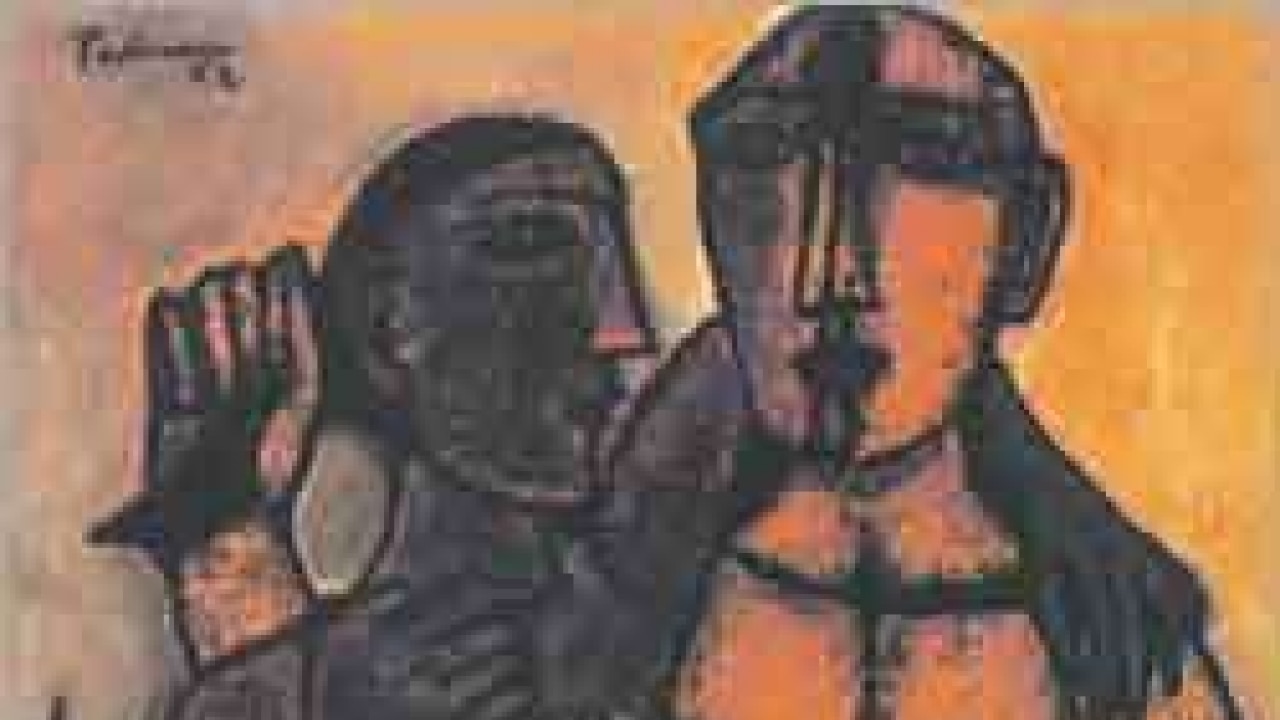Reported By: | Edited By: |Source: |Updated: Nov 21, 2013, 01:44 PM IST
| Edited By: |Source: |Updated: Nov 21, 2013, 01:44 PM IST
In light of the exhibitions withdrawn and legal cases filed against MF Husain, Meenakshi Shedde examines the judgements defending art, artists and galleries
It is not often that you will hear of the senior painter Akbar Padamsee being referred to as the Original Accused. It happened in a landmark case in 1954, when he was accused of obscenity for two paintings called Lovers, which he won. It is worth examining how eminent judges have ruled in favour of art, artists and gallery owners. They have not only defended artistic freedom, but upheld its expression—and public viewing—as fundamental to a democracy.
There were two recent cases when art was withdrawn after the gallery owners were intimidated by the police or phone calls, demanding that their ‘obscene art’ be withdrawn immediately—and it was. In February, Gallery Chemould cancelled a video film series curated by Mortimer Chatterjee and Tara Lal called Very Funny: Humour in Video Art, directed by Shezad Dawood, Tejal Shah and Rashid Rana. Rajendra Kapse’s show Goddy at the Tao art gallery was recently pulled down following an anonymous threatening phone call. This is, of course, in addition to numerous cases suing M F Husain (and others) on grounds of obscenity and religious provocation.
Says Amit Desai, who is defending M F Husain in court, “You have to examine whether it is artistic expression or a wilful intent to incite.”
Extracts from some landmark judgements:
The State v/s Akbar Padamsee, given by presidency magistrate M Nasrullah, June 1954, defending the intention of the artist: “The object of art is not to deprave or corrupt morals but to elevate the mind.”
The State v/s Akbar Padamsee, given by Justice Chainani and Justice Vyas (High Court, Dec 1954, upholding Nasrullah’s order), defending gallery visitors:
“The people who were likely to visit the (Jehangir Art) gallery for the purpose of looking at these paintings and appreciating art..were not likely to include children of immature judgement..Children ordinarily are not interested in looking at such objects of art, for the simple reason that they do not understand (it).”
Anand Dighe v/s the State, given by DY Chandrachud (High Court, 2001), defending the right to perform the play Mee Nathuram Godse Boltoy, which was banned for promoting communal disharmony, of which MF Husain is frequently accused):
“Under Article 19 (1)(A)..the constitution protects the creative expression of those engaged in human endeavour in the areas of fine art and culture..The author, playwright and artist achieves through his media of expression, a sense of fulfilment.. which makes life meaningful.. Forms of literary endeavour are therefore within the protection of the Right to Life under Art 21.
(contd) The Right to Information..is an intrinsic facet of the Right to Life under Art 21. An informed citizenry must have the means to receive news, thoughts, perceptions and ideas..A diversity of viewpoints promotes an ability..to exercise a right of choice and the right to decide..which lie at the core of..a democratic system.
(contd) It would be a dangerous trend if the fundamental rights of those who espouse views which run contrary to the views held by the majority, are to be trampled upon.
Says Kalpana Shah of Tao art gallery, “My conscience still pricks me about Kapse’s show. So I am happy to learn about these judgements. But when people send emails of provocative pictures attributed to M F Husain which he did not even paint, then like religion, art is being used to settle personal scores.”
As Mortimer Chatterjee concludes, “We accept that art is elitist and complex, and we play to a limited audience. We can get away with it by keeping it out of the media. There has to be an underground system for art, otherwise we will miss a lot of good shows because no one wants to take the risk.”
In defence of the arts
The object of art is not to deprave or corrupt morals but to elevate the mind —M Nasrullah, 1954 (Akbar Padamsee case)
The artist achieves through his media of expression, a sense of fulfillment.. which makes life meaningful..(and is) therefore within the protection of the Right to Life under Art 21 (contd)
The Right to Information is an intrinsic facet of the Right to Life under Art 21. An informed citizenry must have the means to receive news and ideas..a diversity of viewpoints which lie at the core of..a democratic system—D Y Chandrachud, 2001 (Anand Dighe case).
